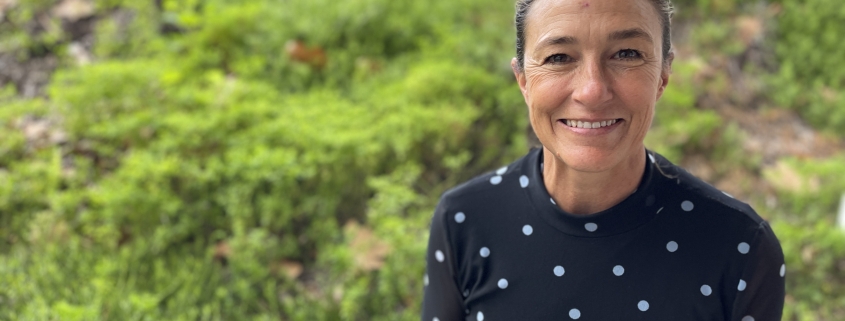Water quality improving but Cockburn Sound still impacted by pollution legacy
Water quality in Cockburn Sound has been steadily improving for decades but seagrass and some fish stocks are still struggling to recover from the days of unrestricted pollution discharge, according to marine scientist Dr Fiona Webster.
Dr Webster, who works at the Department of Water and Environmental Regulation assessing marine proposals, was speaking to students about the impacts of marine pollutants as part of WAMSI’s Thinking Blue education outreach program.
The program features lectures by some of the state’s top marine scientists, including from WAMSI’s partner organisations.
Dr Webster told the students that in the 1970s there were concerns about the environmental impact of industry discharging pollutants such as nutrients and heavy metals straight into Cockburn Sound.
“Around 80 percent of seagrass was lost and there were concerns people couldn’t swim or couldn’t fish and many were worried,” Dr Webster said.
“Whilst the extent of environmental deterioration sounds extreme, you have to remember that the Environmental Protection Act didn’t exist until 1986,” she said.
To protect Cockburn Sound, the State Government introduced two key initiatives; firstly direct discharges were banned and secondly the State Environment Policy for Cockburn Sound was developed.
Dr Webster said that while parts of Cockburn Sound will remain industrialised, the State Environment Policy ensured environmental, social and cultural values were protected and the water was safe to swim in and fish were safe to eat.
“Monitoring has shown the water quality has been improving since then and most areas now have good water quality,” Dr Webster said. “But seagrass is not recovering so well.”
“Part of that could be the organic nutrient load in the sediment.”
“Some fish stocks are also still depressed including the garfish and blue swimmer crabs.”
Whilst water quality in Cockburn is looking good, there are always new and emerging contaminants to watch out for such as PFAS (a key constituent in fire fighting foam) and microplastics.
Dr Webster told the students there was good work going on to support the environment including the replenishment of fish stocks and the Seeds for Snapper program. This involved volunteers collecting seagrass seeds and dropping them in areas needing regeneration.
Early inspiration
One of the aims of Thinking Blue is to inspire students to study marine science.
Dr Webster told the students, until her dad gave her a pair of goggles when she was six years old, she’d been nervous of seaweed.
“When I had my goggles on, suddenly I could see fish and bubbles and kelp.”
She later studied science and did a PhD after completing researching at Ningaloo Reef.
She told the students her career had ‘meandered’ from measuring crayfish on commercial vessels at the Abrolhos Islands to spending 18 months on a yacht off Madagascar to working with an Australian aid organisation in Tonga.
It’s a career journey that certainly inspires.
You can watch Dr Fiona Webster’s lecture here.

